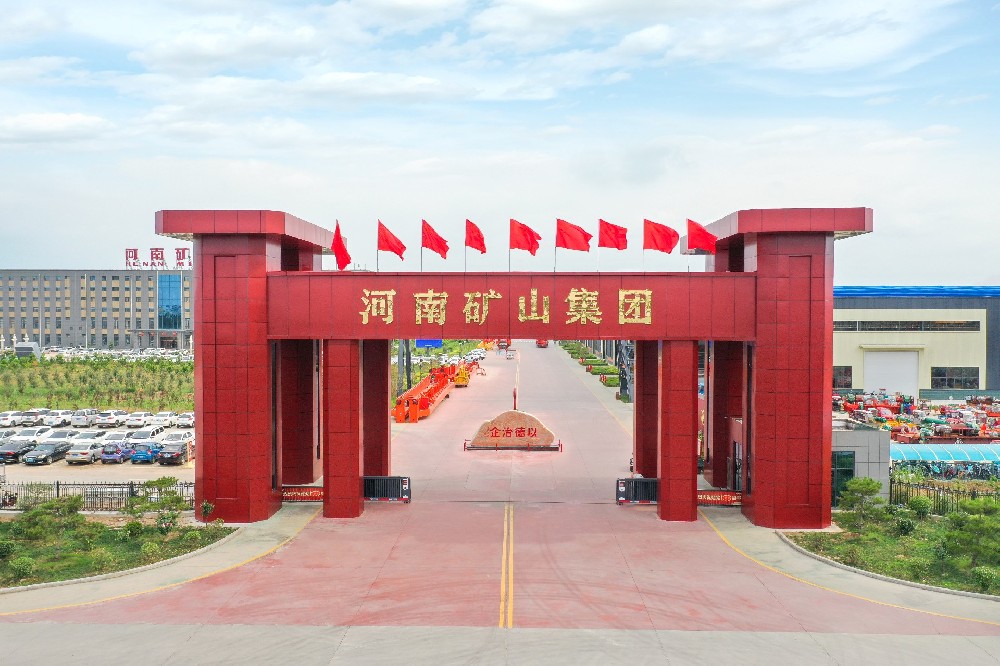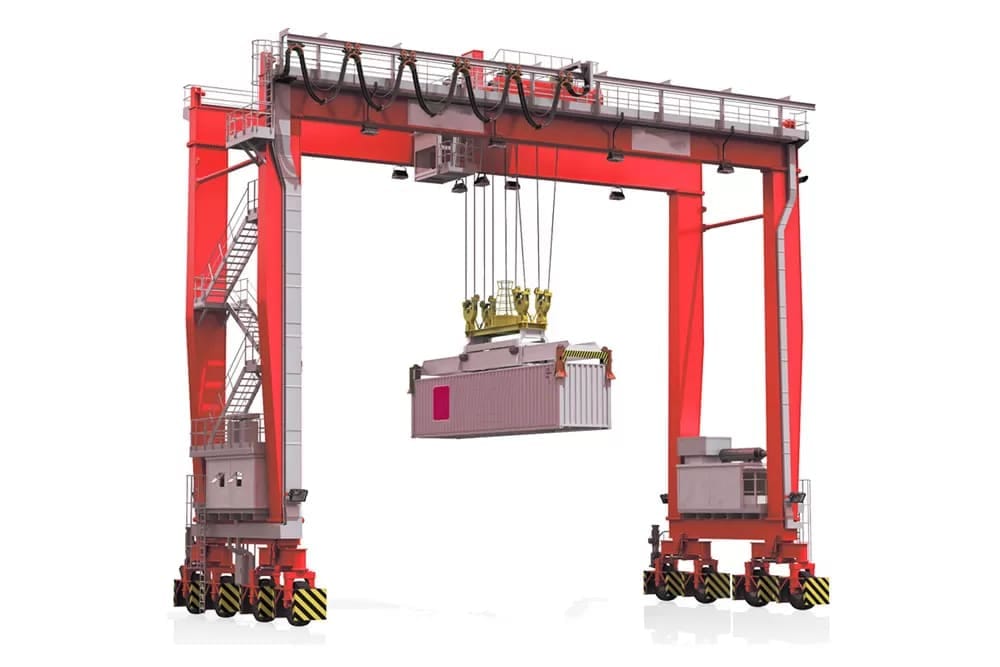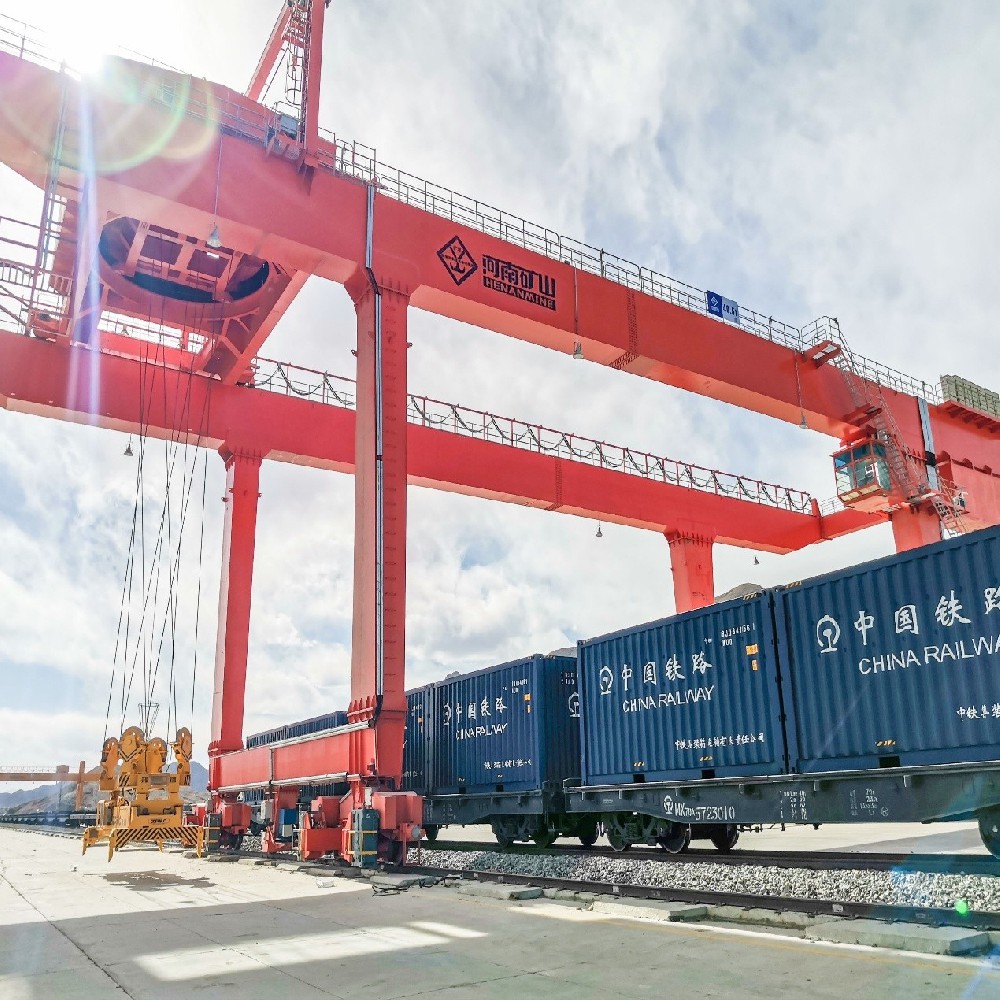- How to Accurately Select Cranes in a Steel Plant? Key Factors and Practical Guide
-
Release Time:2025-07-31 10:18:48Share:
How to Select the Right Crane for a Steel Mill? Key Factors and Practical Guidelines
In the production process of a steel mill, cranes serve as the “steel arms,” handling core operations such as raw material handling, billet transportation, and finished product lifting. Their performance directly impacts production efficiency, safety standards, and operational costs. However, the extreme environment of steel mills—characterized by high temperatures, heavy dust, and frequent heavy loads—places extremely high demands on the adaptability of cranes. How to select the right crane for a steel mill? This article will break down the key selection criteria based on core requirements to help you make an informed decision.
Define the operational scenario: Position the crane's function based on the production process
Steel mills have complex and diverse operational scenarios, with significant differences in crane requirements across different stages. For example, if used for transporting molten steel containers in the steelmaking workshop, the crane must have high-frequency heavy-load capacity and withstand high-temperature radiation exceeding 1,500°C. If used for handling coiled materials in the cold rolling workshop, the focus should be on smooth lifting and positioning accuracy to prevent surface damage to the coiled materials.
Cranes in raw material warehouses must handle the loading and unloading of bulk minerals and coke, so it is advisable to prioritize large-tonnage gantry cranes equipped with wear-resistant hooks and anti-slip wheels. In contrast, cranes in rolling mills must frequently maneuver in narrow spaces, making bridge cranes more suitable, provided they feature compact structural designs and flexible control systems. Precisely matching the operational scenario is the first step in selecting the appropriate crane.
Focusing on core performance: Three key indicators determine equipment suitability
Load capacity: The rated lifting capacity must be determined based on the maximum lifting weight, while also considering dynamic load impacts. For example, when lifting steel ingots, the crane's rated lifting capacity should be 20% higher than the actual weight to ensure a safety margin; if multiple hooks are used in coordinated operations, the synchronization precision of each hook must also be considered.
Environmental interference resistance: In high-temperature environments, the crane's motors and cables must be made of heat-resistant materials and equipped with forced cooling systems; in dusty areas, sealed gearboxes and dust-proof motors should be selected to prevent debris from causing malfunctions; in humid or corrosive environments (such as acid washing workshops), the metal structure must be treated with corrosion protection, and critical components should be made of stainless steel.
Operational stability: Lifting speed and travel speed must align with production rhythms, while also ensuring reliable braking performance. For example, when handling molten metal, the lifting mechanism must be equipped with a dual braking system to ensure reliable emergency stopping in unexpected situations; in high-precision assembly processes, the crane's positioning error must be controlled within ±5mm.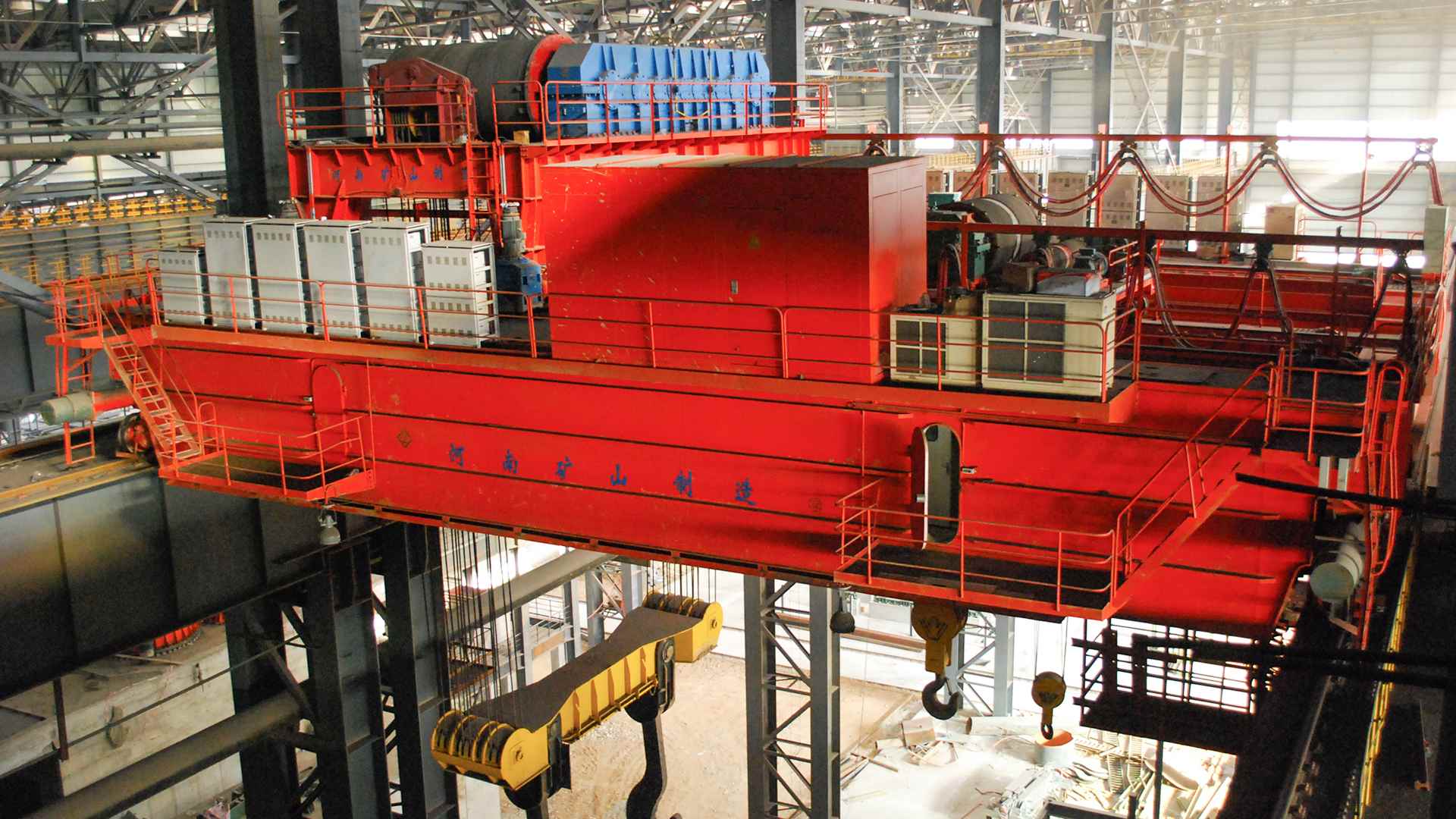
Prioritizing safety and compliance: The steel industry's non-negotiable safety standards
Steel mills are high-risk industries, and crane safety performance cannot be compromised. Products must be certified by the National Special Equipment Certification Authority and comply with the special requirements for metallurgical cranes in the “Safety Regulations for Cranes” (GB6067), such as installing over-travel protection, overload limiters, and emergency stop buttons.
For cranes used to lift molten metal, compliance with the “Technical Conditions for Metallurgical Cranes” (JB/T7688) is also required. This includes using high-temperature-resistant steel for structural components, and adopting a redundant design with dual motors and dual reducers for the hoisting mechanism to ensure safe braking even if a single component fails. Additionally, the crane's electrical system must have interference resistance to prevent malfunctions in strong electromagnetic environments.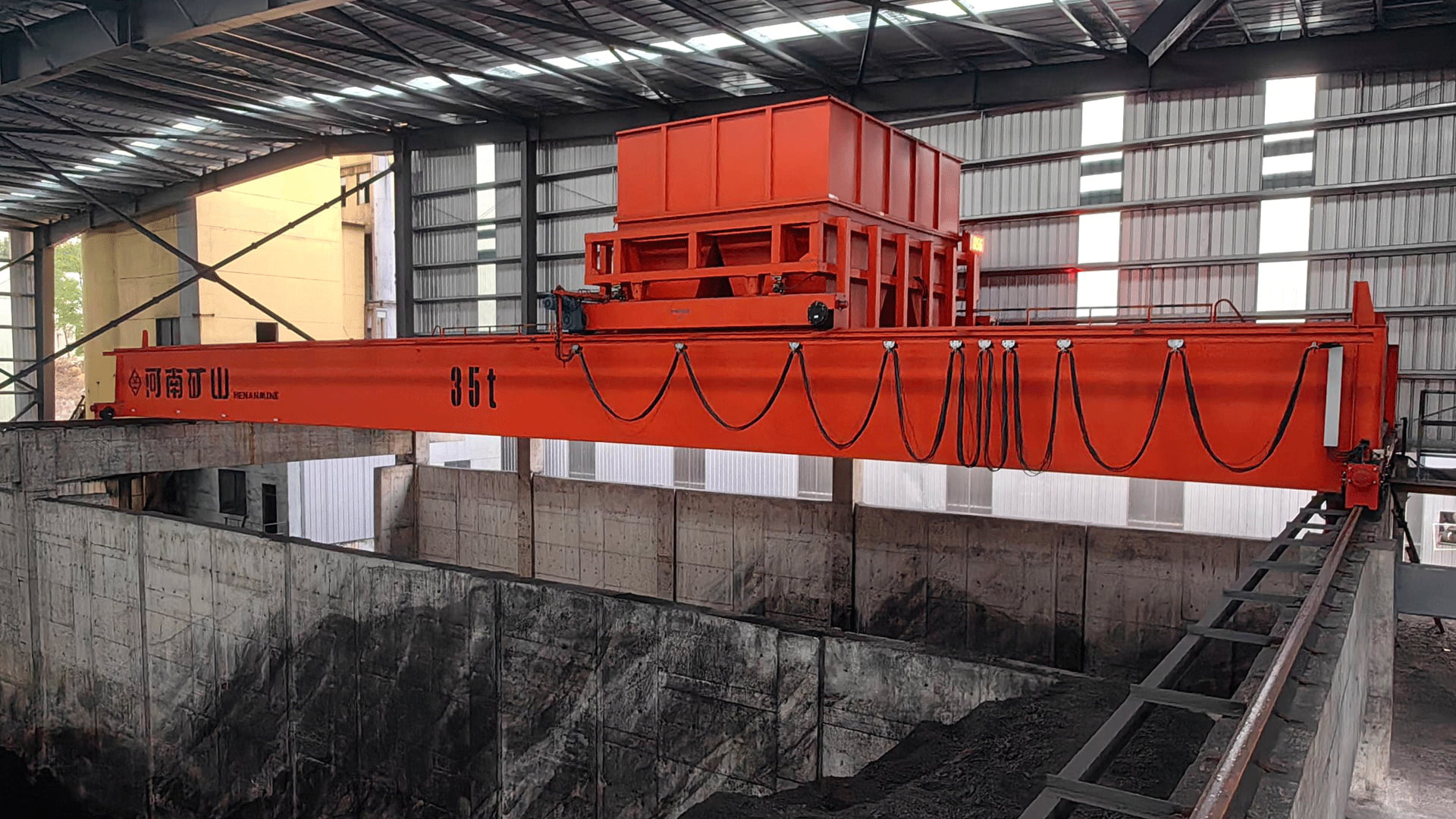
Considering long-term costs: Cost-effectiveness goes beyond the purchase price
Many companies fall into the trap of focusing solely on the initial purchase price during selection, neglecting maintenance costs and energy consumption costs during long-term operation. While a high-quality crane may have a higher purchase price, the total cost of ownership can be reduced through the following aspects:
Durability: Structural components made from high-strength steel have a service life of over 20 years, reducing replacement frequency by 50% compared to equipment made from ordinary steel;
Energy efficiency: Cranes equipped with variable-frequency motors and lightweight structural designs reduce energy consumption by 30% compared to traditional equipment, making them particularly suitable for 24/7 continuous operations in steel mills;
Maintenance ease: Modular crane design reduces maintenance time, such as quick-change motor components that can reduce downtime from 3 days to 8 hours.
By comprehensively calculating procurement, maintenance, and energy costs, you can select equipment with true cost-effectiveness.
Selection process: A comprehensive methodology from assessment to verification
Requirement research: Collaborate with production, equipment, and safety departments to identify lifting requirements across all stages, creating a “Crane Operation Parameter Table” to clarify key data such as rated lifting capacity, work class, and operating speed;
Vendor selection: Prioritize brands with experience in the steel industry, such as Henan Mining, which specializes in heavy machinery. Their technical expertise in high-end sectors like nuclear power and metallurgy better aligns with the stringent demands of steel mills;
On-Site Testing: Require manufacturers to provide prototype units for on-site testing, simulating high-temperature, heavy-load, and dusty environments to verify the equipment's operational stability and safety performance;
After-Sales Support: Select manufacturers capable of providing rapid response, ensuring on-site repairs within 24 hours in case of equipment failure, while also evaluating spare parts supply capabilities to avoid prolonged downtime due to spare parts delays.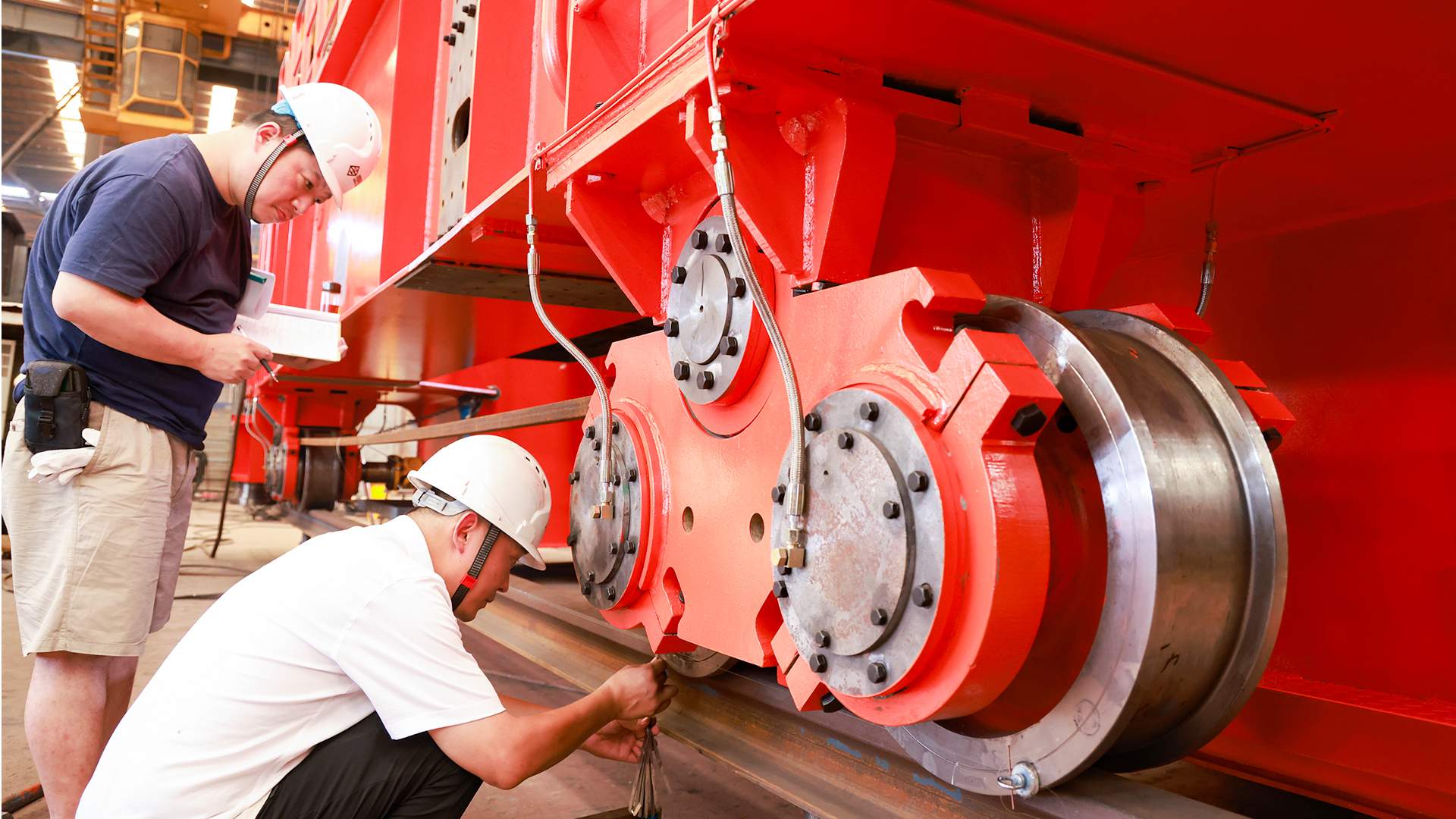
The selection of cranes for steel mills involves a comprehensive balance of technical parameters, operational requirements, and long-term operational considerations. Only by focusing on core performance, adhering to safety standards, and prioritizing the specific operational environment can one select a crane that is both production-compatible and cost-effective—a true “steel partner.” In today's increasingly competitive industry, an efficient and reliable crane is not merely a production tool but a critical asset for enhancing a company's competitiveness.
